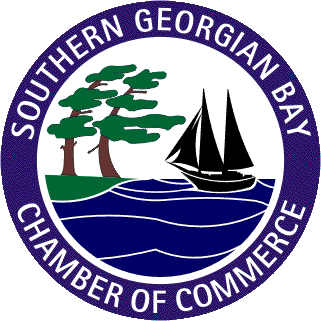“When it comes to addressing ergonomic issues,” says WSPS ergonomist Mike Lanigan, “small business employers tell me they face three big challenges: cost, time, and resources.’This is why I can’t do it,’ they say.”These are very real challenges for businesses of any size,” continues Mike, “but low-tech, low-cost solutions exist.”
Mike shared six tactics that can help people work more comfortably and efficiently, and require little “talk, time and resources” to implement.
- Observe and communicate. One of the first things I encourage when I do a walk-through at a workplace is to visually observe job tasks and identify potential musculoskeletal disorder (MSD) hazards. Are people hunched over their work? Lifting awkwardly? Reaching above their shoulders? If so, adjust the work surface, racking and working heights, positioning to help workers maintain a neutral posture and reduce reach.
- Provide a lifting or carrying device if the work involves a lot of manual material handling – lifting, pushing, pulling, and carrying. Use a dolly, cart of lift table to move boxes, which can significantly reduce the amount of lifting and carrying required. Also, implement a two-person lift for slightly heavy or awkward loads.
- Add ergonomics to decision-making when modifying or purchasing tools and equipment. For example, when purchasing a hand tool take into account the weight, amount of vibration, and grip required, so that people can avoid straining their arm or wrist. Involve management and/or workers who use the equipment. They use the equipment daily and may have great advice and suggestions on how to perform the job tasks more efficiently and comfortably.
- Train supervisors and the health and safety representative on how to recognize, assess and control MSD hazards, and if resources allow train all workers. With a small business you have a smaller workforce, so it wouldn’t take long to train one or two people or even all employees. Have the training focus on the workplace’s primary MSD hazards and common tasks.
- Provide everyone with basic awareness training on ergonomics (e.g., how to recognize awkward postures, high forces or repetition) to establish a baseline understanding of the hazards, and so that people will feel comfortable identifying MSD hazards and be able to watch out for themselves and each other.
- Check out products at trade shows, especially if the vendors have ergonomic expertise. Trade shows are a great hands-on opportunity for testing products and asking questions. Often the shows have low or no entrance fees. Send workers (i.e., the users) as well as supervisors, who will have a broader sense of how well products or solutions would fit their workplace.
How WSPS can help
Businesses of all sizes can access free and low-cost online resources, including a new video, Prevent Musculoskeletal Disorders in Your Warehouse, that supervisors can download or stream, and e-courses, for individual awareness training. “We also have a variety of free downloads,” says Mike, including
- an MSD hazard checklist
- an MSD risk assessment and discomfort survey to help with general ergonomic assessments
- office ergonomic checklist to help with hazard identification and workstation set-up
- stretching and infographic posters
WSPS ergonomists can deliver lunch ‘n learns and onsite training, work with your joint health and safety committee or health and safety representative on their inspections, and help you devise a sustainable, results-based MSD prevention program.
Also check out our Small Business Centre.




